Having the correct semi-truck or 18-wheeler tire size is vital in the operation of any size fleet of trucks. Properly operating tires impact the bottom line regarding the amount of time the trucks can be on the road and the safety of your operators and others on the road. Having the wrong semi-truck tire size can mean that general wear and tear happens faster. The size matters when understanding how the placement of each tire. More maintenance or less time on the road means your payload is not being delivered.
Over the last few years, the most common truck tire sizes include but are not limited to 295/75R22.5, 275/70R22.5, and 225/70R19.5. While these cover average truck tire sizes and the list is good information to have, it is not ultimately helpful if you don’t understand what these numbers mean to you and your truck/s.
If we take that first size, 295/75R22.5 and explain how semi-truck tires are sized, those numbers break down into several informative categories.
Tire Width - The first number in the series denotes the tire width. Semi-truck tire width can be displayed in terms of inches or millimeters. In this case, a 295-inch wide tire would be massive, so a quick assumption can be made that this is a millimeter marking. Having the correct semi tire width is vital as it is literally where the rubber meets the road.
Aspect Ratio - The second notation (75) after the slash mark is the aspect ratio. It represents the percentage of the length of height to width. This number is an important sizing calculation in tire fitting, and along with rim diameter will help you determine your best tire and wheel combinations.
Tire Construction Type - In this example, the letter R stands for radial (this notates that the steel belts inside are running 90-degrees from the direction the tire is facing). If you see a dash, then the tire is bias-ply (this notates that the nylon belts running anywhere from 30 to 45-degrees from the direction the tire is facing). Much less common are B for bias belt and D for diagonal.
Much less common are B for bias belt and D for diagonal.
Rim Diameter - The following number, in this case, 22.5, is the diameter. This does not apply to the diameter of the whole tire, but rather the semi-truck wheel diameter (the hole in the center of the tire). You would need a 22.5-inch wheel to fit this tire.
When reading the sidewall, you will encounter two additional numbers.
Load index - This number will indicate how much weight or load carrying capacity a single tire can hold. For example, 89 = 1,279 pounds, while 88 = 1,235 pounds.
Speed rating - You will see a speed rating letter at the end of the string. This indicates how fast the tire can go under its maximum load. A tire can go faster than this number at a lower load, but typically the tires can withstand a higher speed than the speed limits you will encounter.
No matter the size of your fleet or the needs that your trucks meet, we have the right tires for you. Whether you are looking for steer tires, drive tires, trailer tires or all position tires, we can outfit every wheel position of your commercial truck. Whether you’re looking for a top-tier fuel-efficient tire or a more economical option, we carry a wide variety of brands and semi-truck tire sizes, and we can get you and your truck back on the road quickly.
Whether you are looking for steer tires, drive tires, trailer tires or all position tires, we can outfit every wheel position of your commercial truck. Whether you’re looking for a top-tier fuel-efficient tire or a more economical option, we carry a wide variety of brands and semi-truck tire sizes, and we can get you and your truck back on the road quickly.
FIND A GCR DEALER NEAR YOU
You can't go a single day on the road without seeing semi-trucks. They're an integral part in the world of logistics, so they're certainly a common sight. One thing you can't help but notice about these vehicles is their tires. Exactly how big are they? We have researched semi-truck tires and have the answers for you.
There are several standard sizes of semi-truck tires currently used, but some of the most popular sizes include:
These are tires with widths of 225 mm-295 mm. They also have a height to width ratio, also known as an aspect ratio of 70-75, and a rim diameter of 19.5-22.5 inches.
They also have a height to width ratio, also known as an aspect ratio of 70-75, and a rim diameter of 19.5-22.5 inches.
Before you continue reading, let us say we hope you find the links here useful. If you purchase something through a link on this page, we may get a commission, so thank you!
This article will discuss how big semi-truck tires are and how to read a semi-truck tire's size. We will also learn about other semi-truck tires related questions. Keep reading to learn more.
Semi-truck tires are a bit larger than standard car tires. A typical size for a car tire would be a size like 235/40R18, which has a tire width of 235 mm. A semi-truck tire typically has a size around 225/70R19.5 and 295/75R22.5, which has a tire width between 225-295 mm.
Also, the car tire has an aspect ratio of 40, which means that the tire, from the rim to the tread, is 40 percent the length of the tire's width. The larger aspect ratio on a semi-truck tire makes it taller. A semi-truck tire's rim diameter is larger than the 18-inch diameter on the car's tire.
A semi-truck tire's rim diameter is larger than the 18-inch diameter on the car's tire.
Overall this makes semi-truck tires bigger than standard car tires. This makes sense when you think about how much more weight a semi-truck tire has to carry. Also, semi-trucks drive for longer hours than a typical residential vehicle. The additional weight the truck has to carry in addition to the long driving hours puts a lot more wear on the tires, so they need to withstand that.
When you read the tire size on a semi-truck tire, you will see some numbers and letters arranged like this: 225/70R19.5.
On GCR Tires, they break down the four main parts of a semi-truck tire's size.
The first number from our example is '225.' This is the tire's width in millimeters. This is the number that the next section references to understand tire height.
The height of the tire isn't just listed like the width.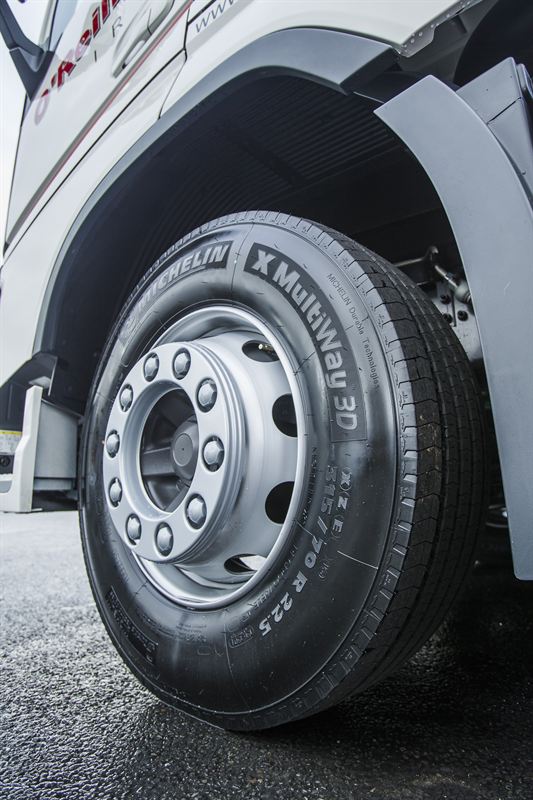 Instead, it is written as a ratio of the width of the tire. So in the example, after the slash is '70.' This means that the tire's height, from the rim to the edge of the treads, is 70 percent of the tire's width.
Instead, it is written as a ratio of the width of the tire. So in the example, after the slash is '70.' This means that the tire's height, from the rim to the edge of the treads, is 70 percent of the tire's width.
The letter after the number '70' in our example is 'R.' This lets us know that the type of tire is radial. This means that the tire is supported with steel belts that run radial inside the tire. There are other types, but radial is the most common for truck tires.
The rim diameter is the diameter of the center of the tire. This lets you know what size rim wheels fit inside this tire. In the example, it would be the '19.5' at the end. This indicates that the rim diameter is 19.5 inches across.
Semi-truck tires are big to allow for more traction and stability while driving. Semi-trucks can move thousands of pounds of cargo across thousands of miles. It can be crucial that the tires on them are up for such a long job.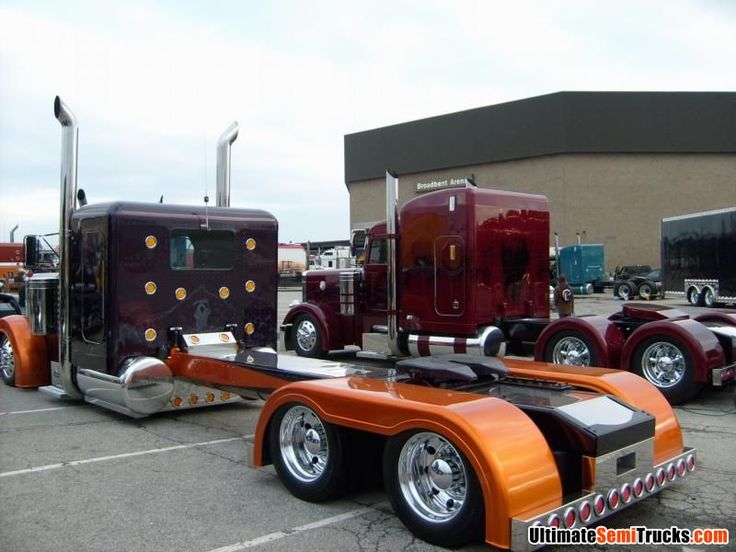
Wider tires help to distribute the weight across more surface area, while taller tires mean the tires can rotate less and cover more distance. Also, with more rubber between the road and the truck, there is more material to use up over time. This will improve the time between tire replacements.
When you are choosing tires for your semi-truck, it is good to know what your options are. You will want to read your truck's owner manual to see what tires it recommends in different situations. In some cases, your vehicle may need different tires than in another situation.
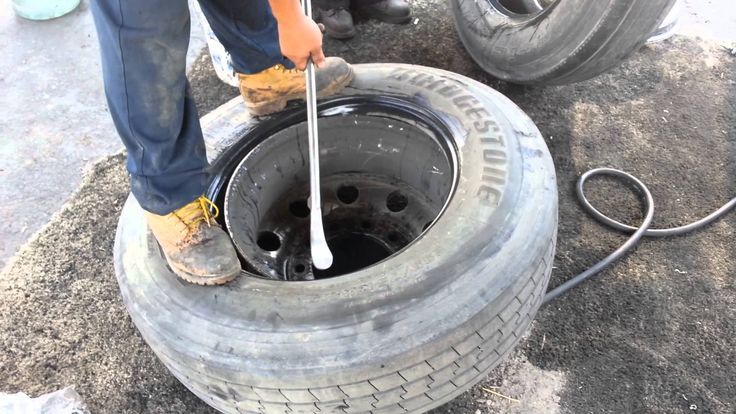
Be sure to choose the right tire for the right vehicle and situation. You will want larger treads for off-roading than a long drive across Kansas.
Lube Zone says that semi-truck tires have a life span of three to six years. It is recommended that you change your tires no less often than every six years. If the tire has more wear or damage, then it may need to be replaced sooner, like three years.
One more thing to know when changing semi-truck tires is about changing them in pairs. When you change a semi-truck's tires, you want to change the opposite side tire as well.
When the treads on two adjacent tires are uneven, it can cause issues when you drive. This is why it is recommended to change all of your semi-truck tires in pairs.
Steer tires are the tires in the front of a vehicle that are used to steer. They are designed a little differently than other tires to optimize their position on the vehicle. Since they are in the front and used to steer, they are designed to have lots of traction to control the vehicle better.
Since they are in the front and used to steer, they are designed to have lots of traction to control the vehicle better.
These tires also tend to be built stronger than other tires since turning your vehicle wears them out. By having higher endurance, they can help the tires in the front and back wear more evenly.
On a semi-truck, there are two other tires we will also talk about.
A drive tire is usually located just behind the steer tire on a semi-truck. These are the tires that are hooked to the drive train and push the vehicle forwards.
To help increase traction with the road, these tires have stronger treads. Since the truck's power is based on how hard the truck can push off the road, the tires have to have a lot of traction.
If you tried to use a different tire where the drive tire was supposed to go, your vehicle wouldn't be able to grip the road. This would result in less available power for the semi-truck. Drive tires can be essential to maintaining efficient trucks.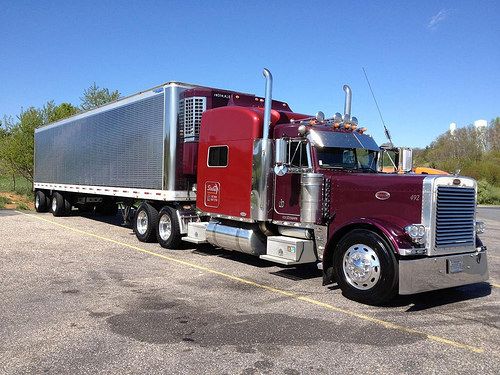
A trailer tire is a tire that is usually located at the back of a semi truck's trailer. These tires don't receive power from the drive train and also don't help in steering. For this reason, they don't need to have as strong of treads. The forces on these tires are greatly lower than their counterparts.
When you are installing steer tires, it is a good practice to make sure that they match. When your vehicle has different size steer tires, then the vehicle will handle incorrectly. You may notice that you slide when you shouldn't or don't turn correctly. So make sure that your steer tires match.
Now, what if you are in a situation where you have no choice but to use mismatched steers tires temporarily. How much damage will this cause to your vehicle? Overall this won't do any severe damage to the vehicle but, it does reduce the vehicle's handling. If you must drive without matching steer tires, go slower to help keep yourself safe.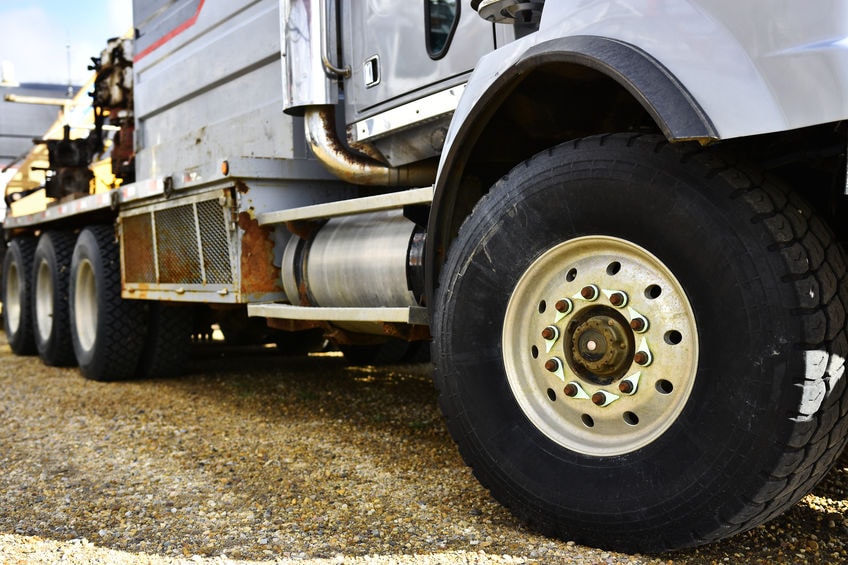
Semi-truck tires, like most tires, are made from a blend of natural and synthetic rubber. This rubber is layered in different configurations depending on the specific tire.
Semi-truck tires are built with lots of hard rubber layers to make the tires extra resilient. On the other hand, standard car tires are also made with layers of rubber, but the rubber they use is not nearly as dense. They also don't use as many layers.
There are also other special layers they can add to a semi-truck's tires to improve performance. One of these things is a polyester layer that helps to prevent the tire from overheating. It also adds a layer of rigidity to help the tire hold its shape.
In this article, we learned how big semi-truck tires are and how to read their size. We also learned that semi-truck tires are big to increase traction and stability. Also, larger tires last longer since they have more rubber.
Next, we covered the different types of tires and how it's essential to keep your drive tires and steer tires in the correct location.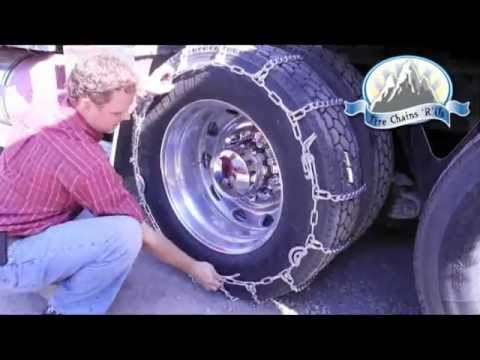 Finally, we learned that tires are made from different rubber layers of varying densities. The density affects how well the tire will endure. Semi-truck tires are usually denser.
Finally, we learned that tires are made from different rubber layers of varying densities. The density affects how well the tire will endure. Semi-truck tires are usually denser.
We hope you enjoyed this article. If you would like to learn more, check out these other posts.
How Many Miles Does A Semi Truck Last?
Should Good Tires be On Front Or Back?
(831) 262-1-262 retail
(831) 262-1-176 for legal persons
[email protected]
Attention! This calculator is only for truck tyres, please use the tire calculator for passenger tyres.
Why do you need a truck tire calculator:
With the help of a truck tire calculator, you can easily calculate how the outer dimensions of the wheel, ride height (clearance), speedometer readings and other characteristics will change when you install tires with a different size on your truck.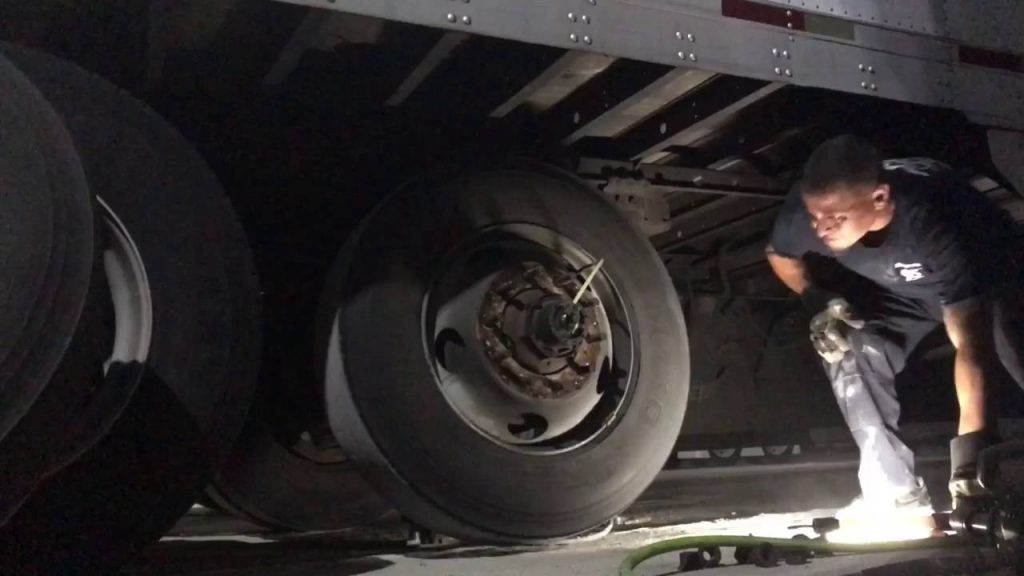
How to use the truck tire calculator:
First enter the size of truck tires installed on your car, and then the one you want to install and click "calculate". The table below shows the calculation results.
When you decide on the size you need, you can pick up and buy truck tires in our store.
| Dimensions | Old | New | Difference | ||
|---|---|---|---|---|---|
| inch | cm | inch | cm | cm | |
| Profile width (A) | |||||
| Profile height (H) | |||||
| Tire size (R) | |||||
| Tire outer diameter (D) | |||||
| Speedometer (km/h) | |||||
| Actual speed (km/h) | |||||
| Speedometer difference (%) | |||||
.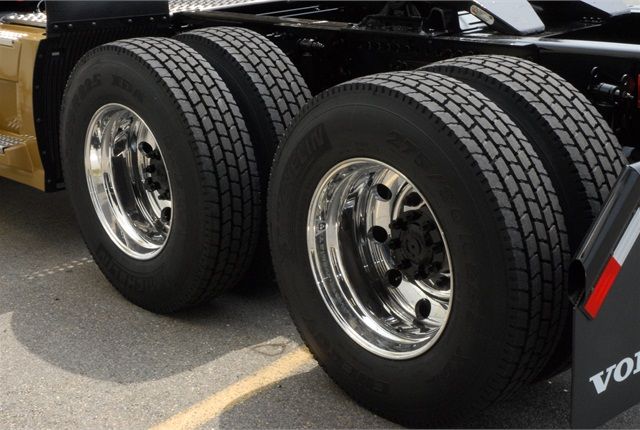
- The error in the speedometer readings depends on the speed of the car, as the speed increases, the error increases.
Tire sizes.
Tire sizes are represented by outer diameter, section width and static radius for each truck and passenger car tire designation.
1. Tire dimensions in accordance with GOST R 52899-2007 “Pneumatic tires for cargo motor vehicles and trailers. Specifications".
Table 1. Light truck tires.
| Tire designation | Main dimensions, mm | Static radius ±1.0% (reference) | |
| OD ±1.0% | Profile width, max | ||
| 185/80R15C | 674 | 188 | 310 |
| 215/80R16C | 755 | 218 | 355 |
| 225/75R16C | 744 | 228 | 338 |
5.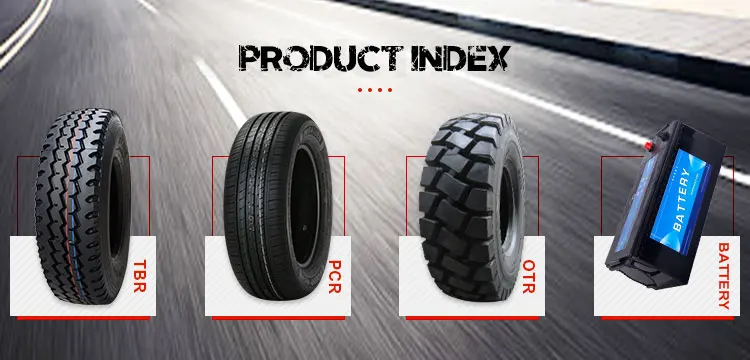 90-13C 90-13C | 620 | 154 | 292 |
| 6.40-13C | 645 | 172 | 303 |
| 215/90-15C | 777 | 218 | 364 |
| 6.50-16C | 760 | 180 | 360 |
| 175/80-16C | 692 | 178 | 326 |
Light truck tire designation 185/80R15C:
185 - designation of the nominal section width of the tire in millimeters;
80 — nominal ratio of tire profile height to its width, %;
15 - designation of the nominal fitting diameter of the rim in inches;
C is a symbol that identifies a light truck tyre.
R - radial tire.
Table 2. Tires for trucks.
| Tire designation | Rim designation | Main dimensions, mm | Static radius ±1.5% (reference) | ||
| recommended blown | tolerable | OD ±1.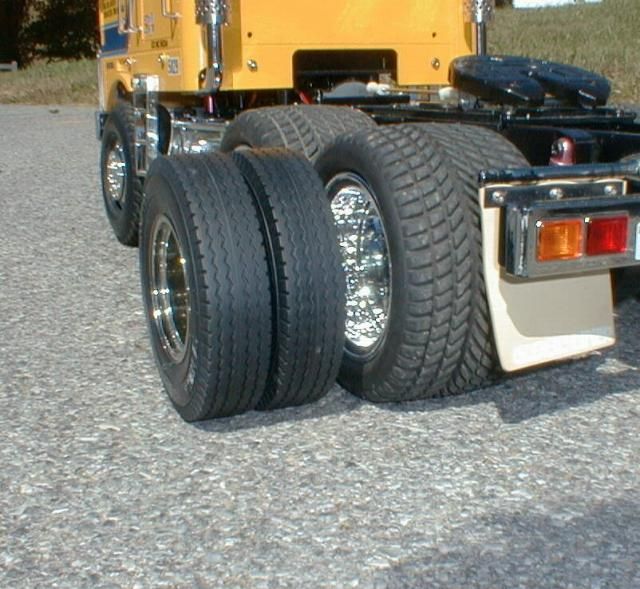 5% 5% | Profile width, max | ||
| Diagonal | |||||
| 7.50-20 | 6.0-20 | 6.5-20 | 928 | 213 | 443 |
| 8.25-20 | 6.5-20 | 6.0-20 | 970 | 234 | 462 |
| 9.00-20 | 7.0-20 | 6.5-20 | 1012 | 256 | 481 |
| 10.00-20 | 7.5-20 | 8.0-20 | 1050 | 275 | 498 |
| 11.00-20 | 8.0-20 | 8.5-20 | 1080 | 291 | 511 |
| 12.00-20 | 8.5-20 | 9.0-20 | 1120 | 312 | 529 |
| 12.00-24 | 8.5-24 | 9.0-24 | 1220 | 312 | 576 |
| Radial chamber | |||||
| 7.50R20 | 6.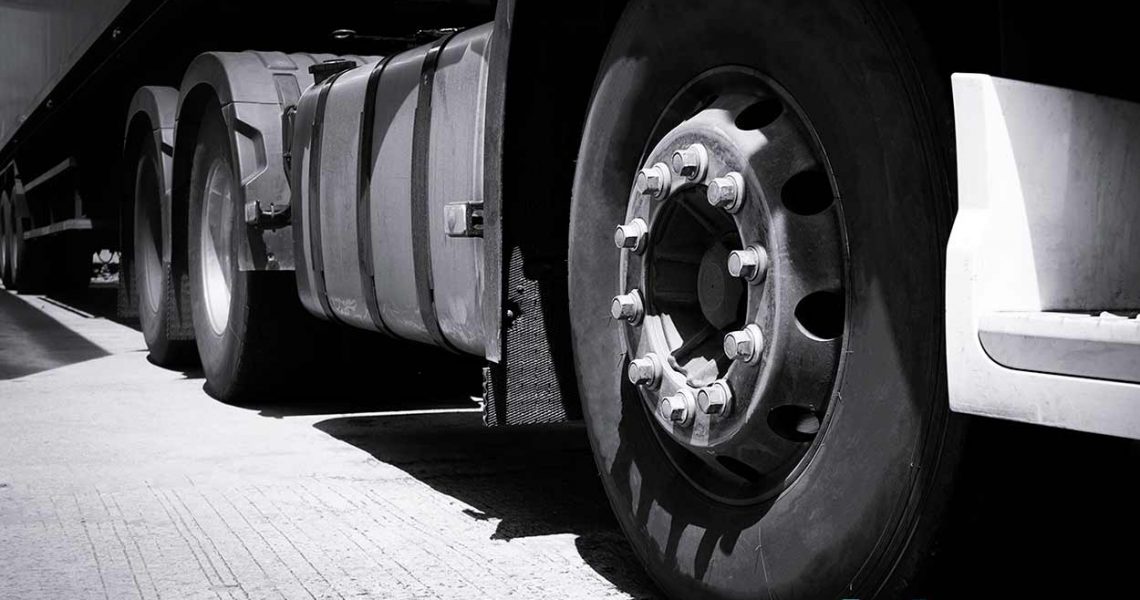 0-20 0-20 | 6.5-20 | 928 | 210 | 440 |
| 8.25R20 | 6.5-20 | 6.0-20 | 962 | 230 | 453 |
| 9.00R20 | 7.0-20 | 6.5-20 | 1018 | 258 | 475 |
| 10.00R20 | 7.5-20 | 7.0-20 8.0-20 | 1052 | 275 | 491 |
| 11.00R20 | 8.0-20 | 8.5-20 | 1082 | 286 | 505 |
| 12.00R20 | 8.5-20 | 9.0-20 | 1122 | 313 | 526 |
| 12/80R20 | 8.5-20 | 9.0-20 | 1008 | 305 | 472 |
| 12.00R24 | 8.5-24 | 9.0-24 | 1226 | 313 | 570 |
| 8.25R15 | 6.6-15 | 7.0-15 | 836 | 234 | 385 |
| Radial Tubeless | |||||
10R22.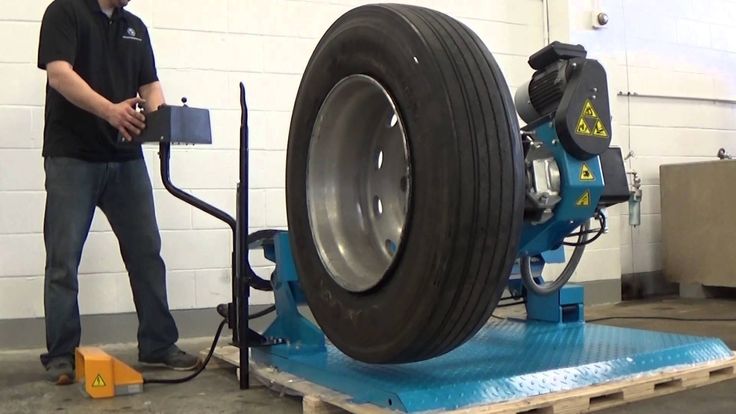 5 5 | 7.50×22.5 | 6.75×22.5 | 1020 | 254 | 476 |
| 11R22.5 | 8.25×22.5 | 7.50×22.5 | 1050 | 279 | 489 |
| 12R22.5 | 9.00×22.5 | 8.25×22.5 | 1084 | 300 | 504 |
| 385/65R22.5 | 11.75×22.5 | 12.25×22.5 | 1072 | 389 | 505 |
| 275/80R22.5 | 8.25×22.5 | 7.50×22.5 | 1012 | 276 | 470 |
| 295/80R22.5 | 9.00×22.5 | 8.25×22.5 | 1044 | 298 | 490 |
| 315/80R22.5 | 9.00×22.5 | 9.75×22.5 | 1076 | 312 | 499 |
| 350/80R22.5 | 11.75×22.5 | 12.25×22.5 | 1122 | 355 | 526 |
11/70R22. 5 5 | 8.25×22.5 | 7.50×22.5 | 962 | 279 | 447 |
| 315/70R22.5 | 9.00×22.5 | 8.25×22.5 | 1014 | 312 | 467 |
| 425/65R22.5 | 13.00×22.5 | 14.00×22.5 | 1122 | 425 | 525 |
Tire designation example: 8.25R20 is the designation of the tire, where 8.25 is the designation of the nominal section width of the tire in inches, R is the letter index of the radial tire, 20 is the designation of the nominal rim diameter in inches.
Tire section width measured on the recommended rim. When mounted on a permitted rim, the profile width changes by 40% of the difference between the widths of the recommended and permitted rims.
2. Tire sizes for passenger cars according to GOST 4754-97 are presented in table 3.
 devi.
devi.  45-13
45-13 An example of tire designation 165/80 R13: 165 - designation of the nominal width of the tire section in millimeters, 80 - series (nominal ratio of the height of the profile to its width in percent), R - letter index of the radial tire, 13 - designation of the tire diameter , corresponding to the nominal diameter of the rim in inches;
3. Tire sizes according to GOST 13298-90 “Tyres with adjustable pressure. Specifications".
Table 4.
| Ply rate | Rim designation | Tire dimensions, mm | |||
| 12.00-18 | 8 | 465-228 (228G-457) | 1084±8 | 337 | 505±5 |
| 13.00-18 | 8 | 465-228 (228G-457) | 1132±8 | 351 | 525±5 |
12.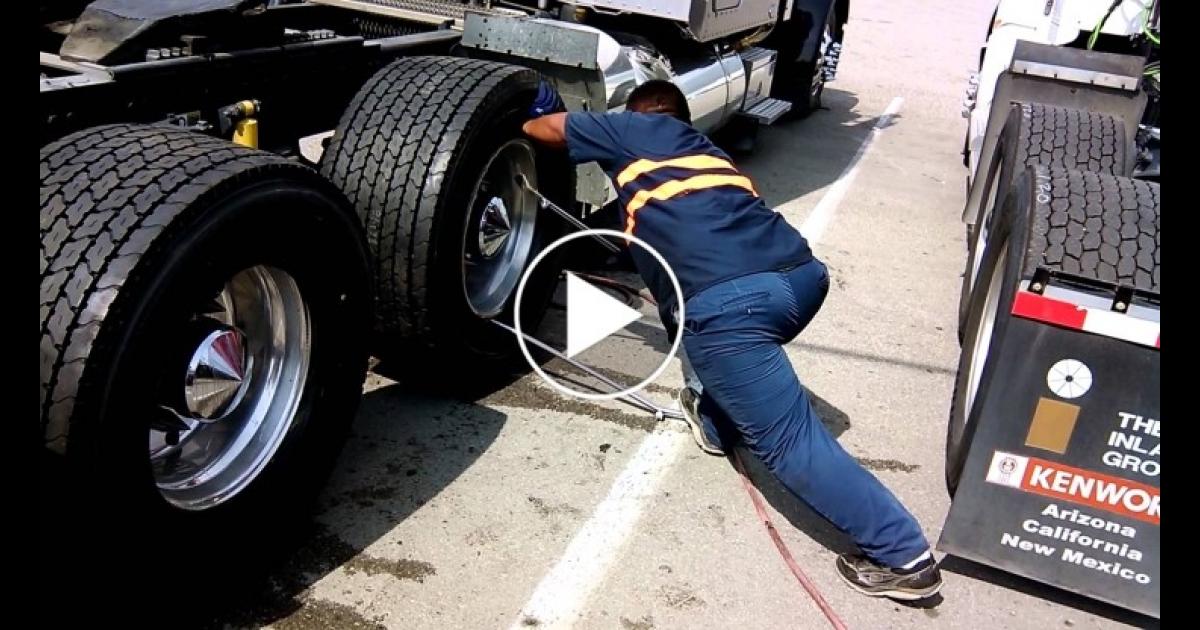 00-20 00-20 | 8 | 514-228 (228G-508) | 1142±8 | 335 | 530±5 |
| 14.00-20 | 10 | 515-254 (254G-508) | 1260±10 | 390 | 583±5 |
| 16.00-20 | 10 | 515-292 (292-508) | 1384±10 | 460 | 632±5 |
| 1200 x 500-508 | 10 | 514-400 (400G-508) | 1177±15 | 481 | 540±7 |
| 1220 x 400-533 | 10 | 533-310 (310-533) | 1200±15 | 418 | 560±7 |
| 1300 x 530-533 | 12 | 533-440 (440-533) | 1280±15 | 525 | 585±7 |
| 1500 x 600-635 | 10 14 | 500-635 | 1500±15 | 610 | 680±10 |
| 1600 x 600-685 | 24 | 500-685 | 1590±15 | 600 | 725±10 |
Example 1.